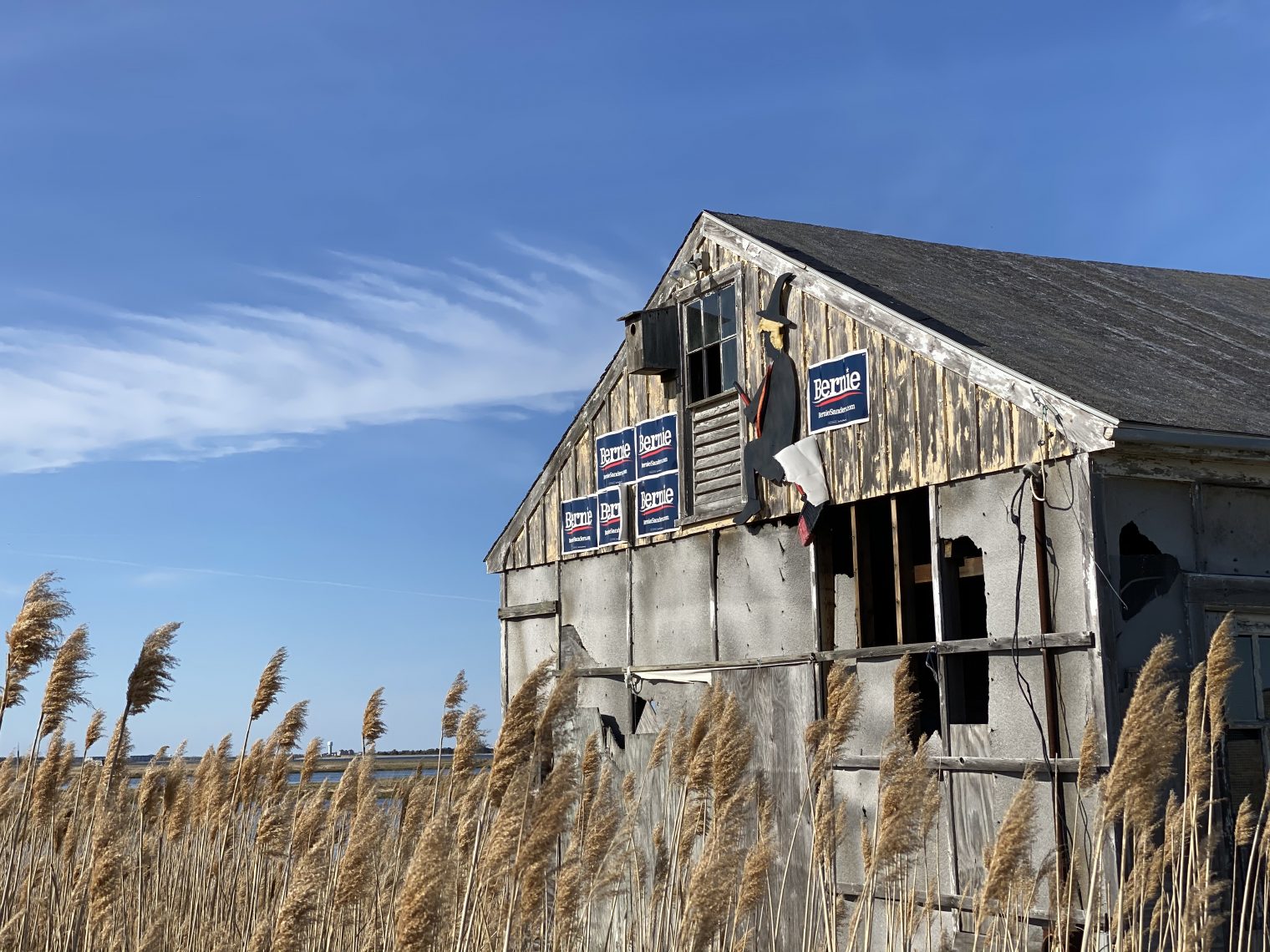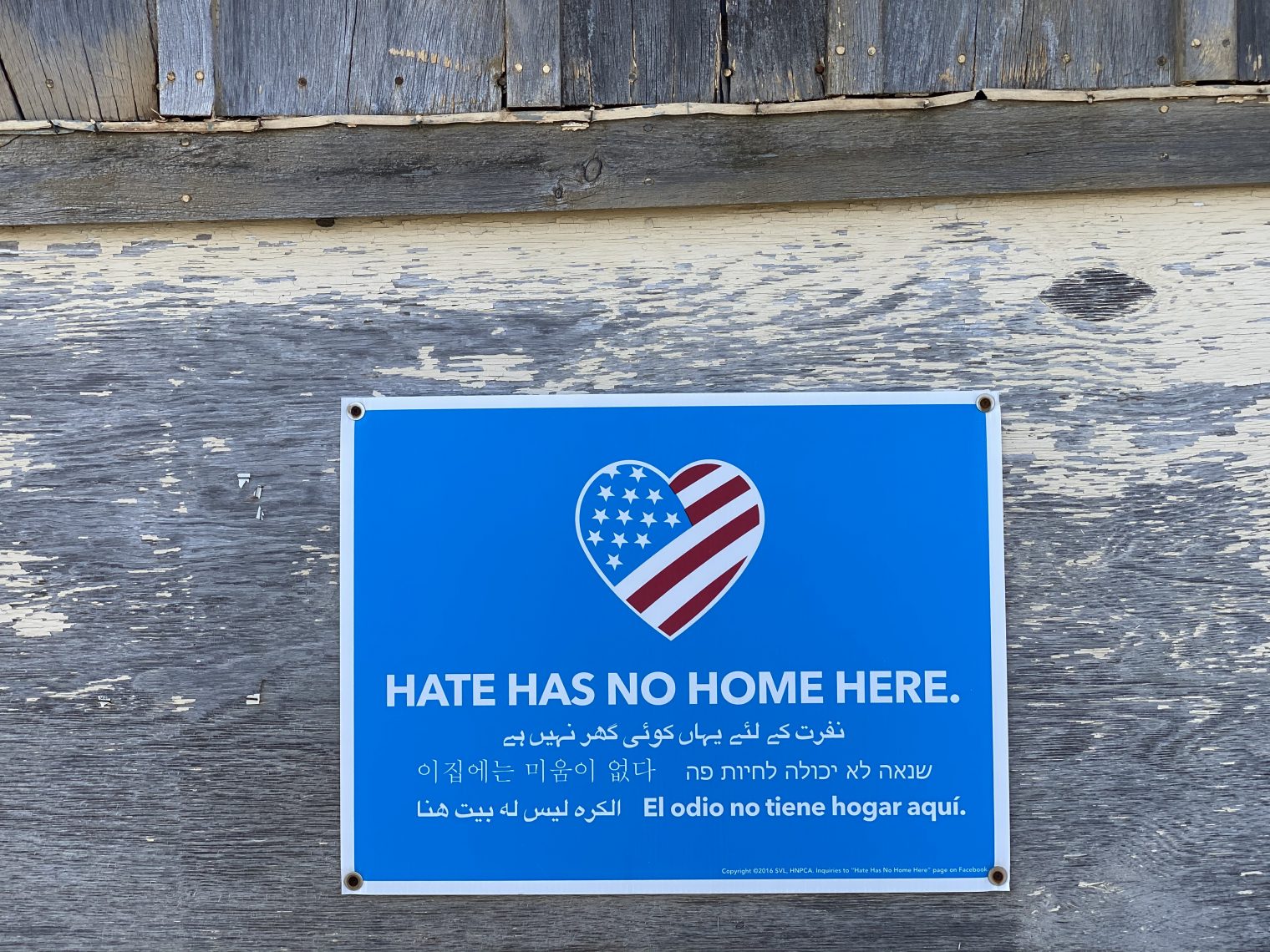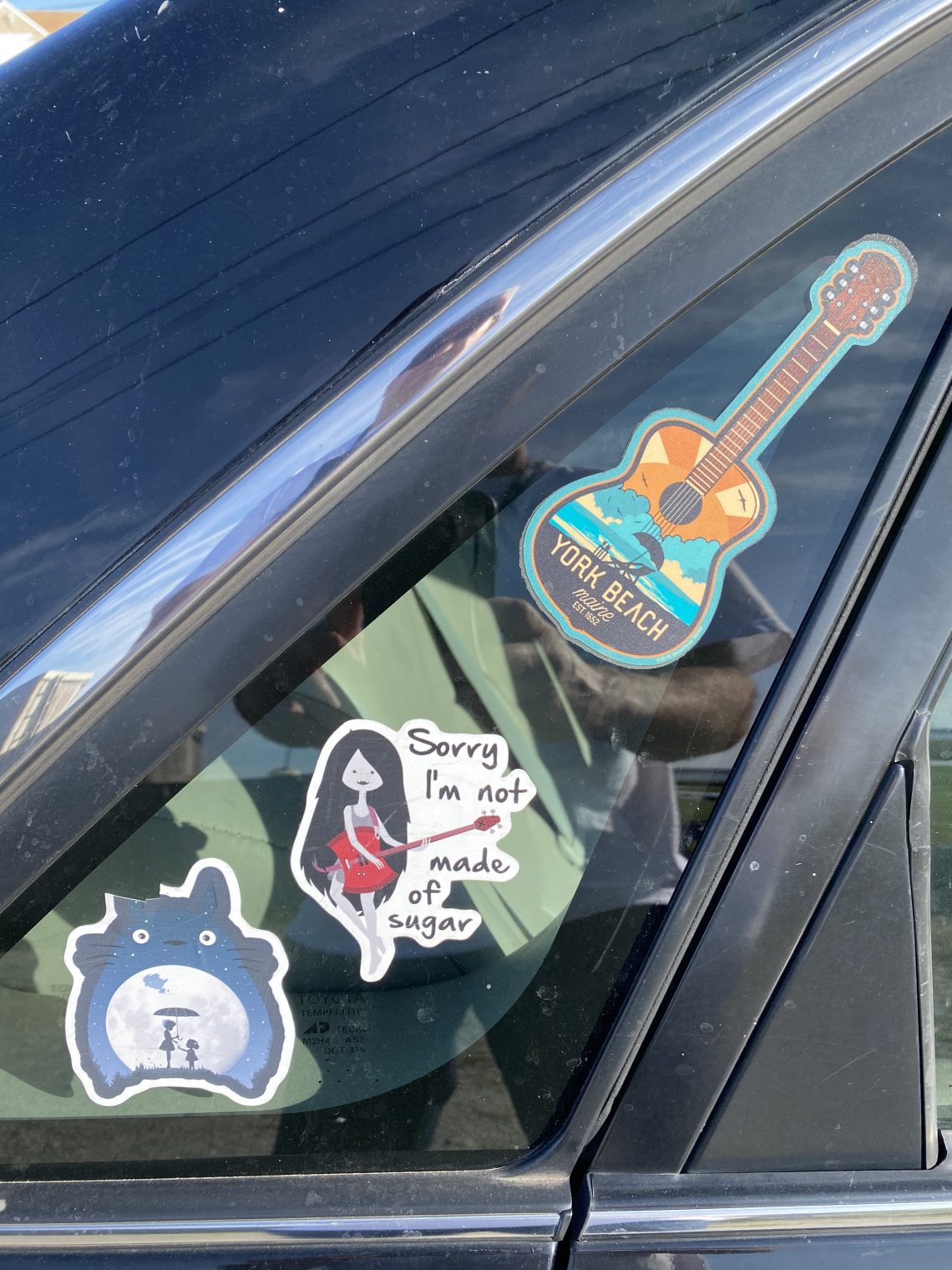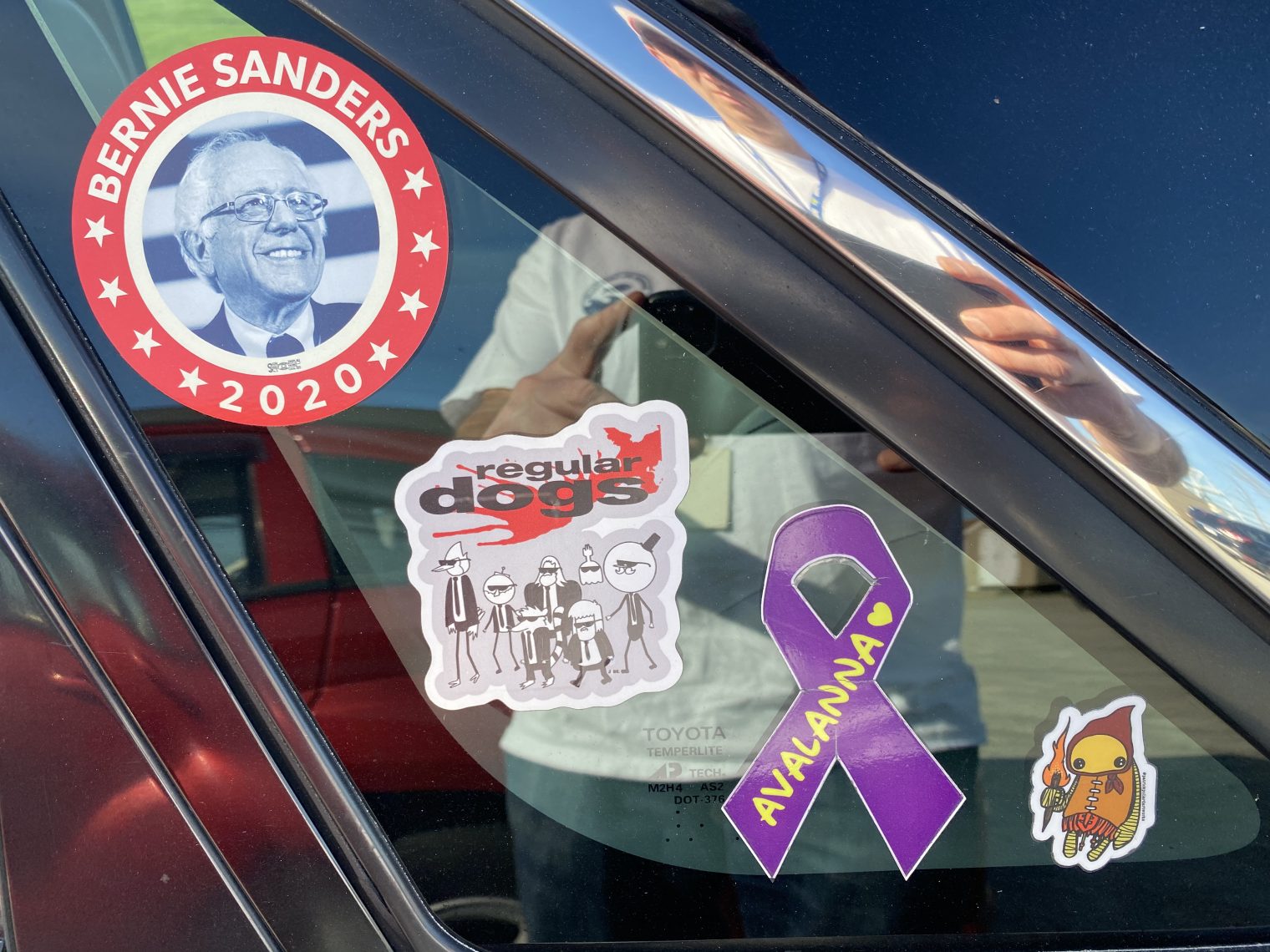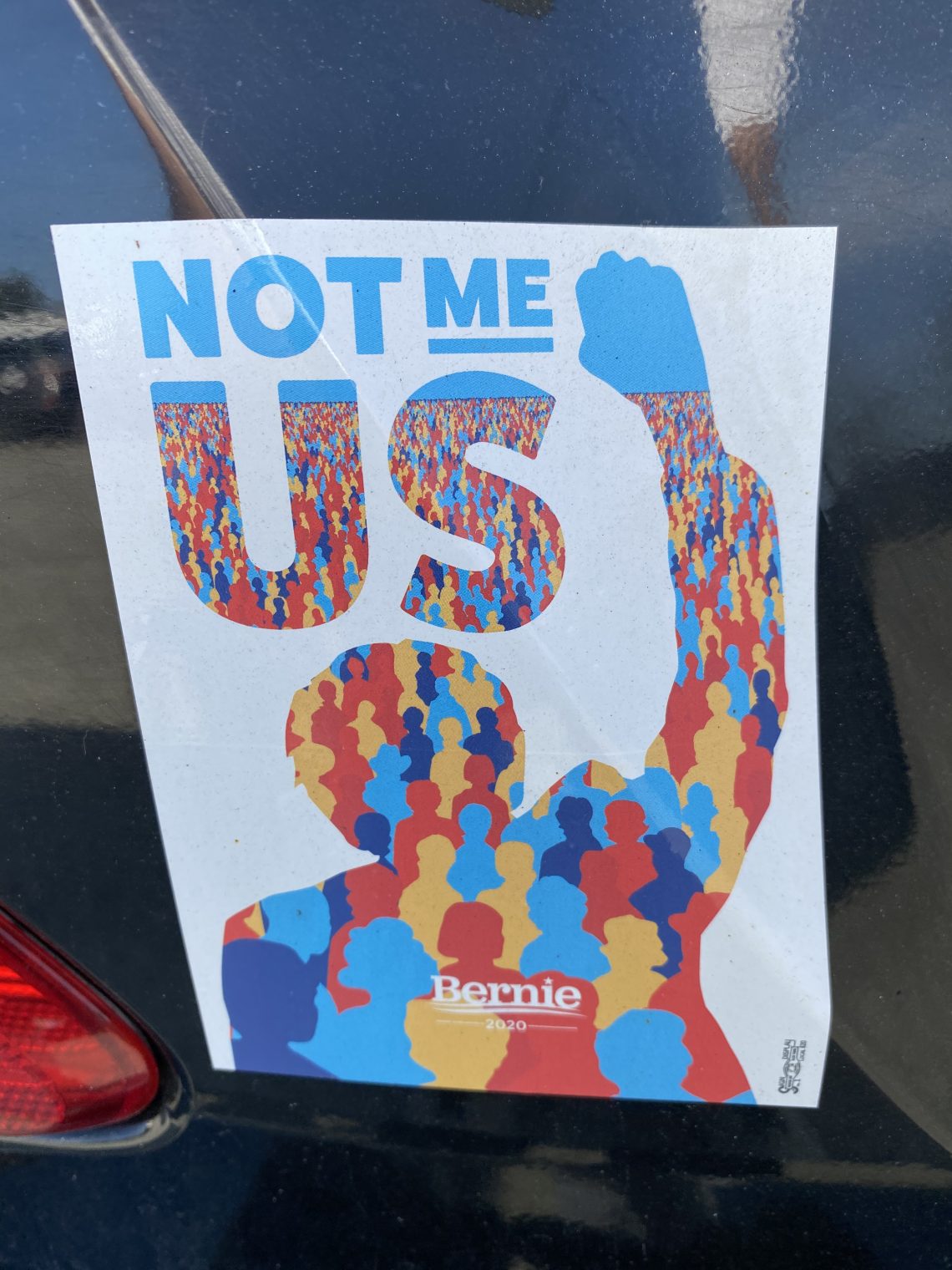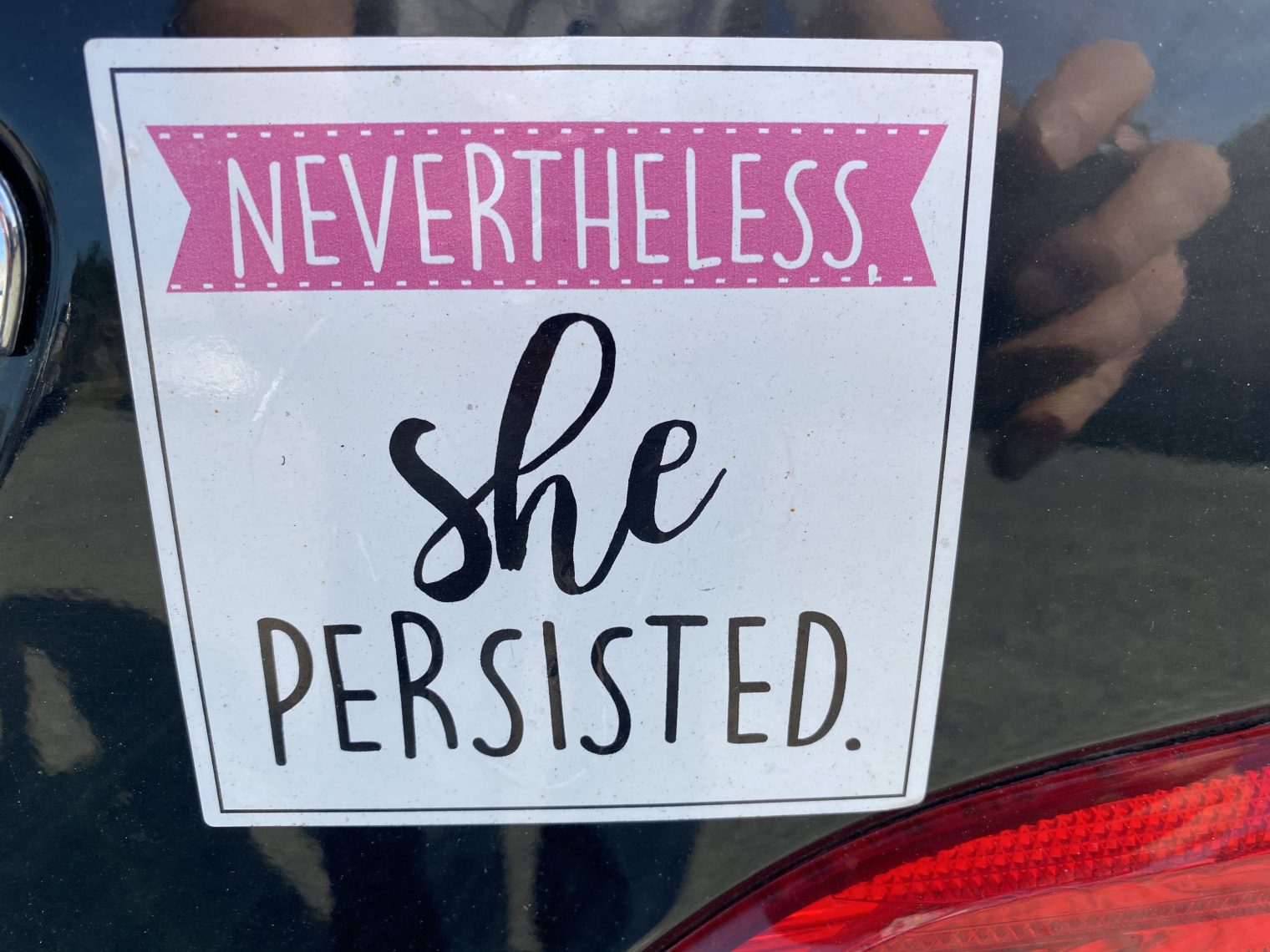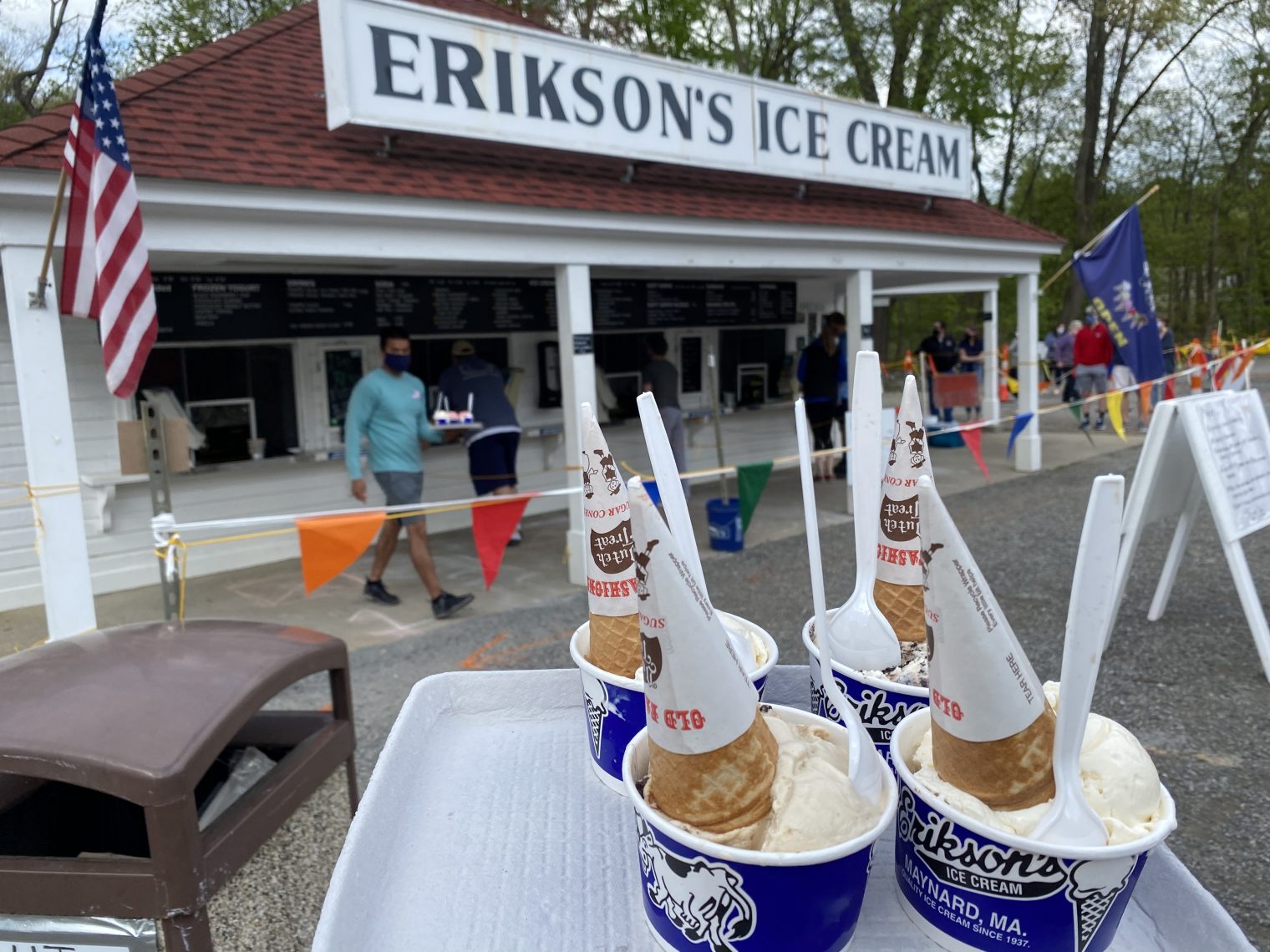Massachusetts private school students zoom ahead
The school in our town shut down on the afternoon of March 12. Initially, the school decided that teachers wouldn’t be tasked with any online teaching. This was consistent with my theory that #1 priority for a public school is welfare enterprise for employees and that #2 priority was teaching.
This theory turned out to be wrong. Our email inboxes were flooded with content regarding the school’s heroic efforts to continue providing meals to students entitled to welfare. Could the school add $300/month to the mom’s EBT card and task her with microwaving whatever was purchased from a supermarket? Apparently that would be too challenging, so the school decided that they would have people come in to cook every day (spreading coronavirus to each other?) and then hire drivers in school buses to deliver the food to students, most of whom were located a 30-minute drive away in Boston (part of the METCO program that brings exotic skin colors to the suburbs while relieving wealthy Boston skyscraper owners from paying property tax).
How about the teachers? They email students with some assignments on Monday morning. These review material previously taught. They host a couple of Google Classroom hangout sessions each week, in which the students chat amongst themselves.
Facebook post from the father of an 8th-grade student here in our town (soon to be home to the most expensive school, per student, ever constructed in the United States):
Quarantine Day 30+ in a district with some of the highest teacher salaries in Massachusetts and a future $100m middle school building:
How was your video lesson with your teachers today? Have you guys started learning something new?
Papa, seriously, today we talked about our teachers’ dogs, dogs other teachers would love to get, and some other unrelated nonsense. For 45 minutes.
A follow-up:
“Papa, our teachers finally stopped pretending. This week’s science homework is ‘reflect on last week’s homework'”
The 8th grader spends roughly five hours per week on schoolwork, including the video chat. There are no grades.
Maybe things are better in Brookline, a top school district within Massachusetts? “The teachers are useless,” said a friend. “The kids are getting nothing.” His perspective was confirmed by another friend in that town: “Very close to giving up on Brookline schools, which have devolved into about one half hour of Zoom per day. It’s teacher’s union saying ‘you can’t make us teach’ and weak administration and School Committee — and somehow parents just aren’t organized enough even here…” (ordinarily she is a huge believer in the power of bigger government to fix any problem, and a loyal Clinton/Warren-style supporter of unionized labor)
How about high school? I ran into a 10th/11th grade English teacher walking his dog in the during what used to be the school day. He described his current work schedule as “intense.” What hours was he actually online with the students? “12-2 every day.”
What about private school? Friends have 3rd and 6th graders in a local school for intellectually and financially elite children. The teachers transitioned seamlessly and immediately to Zoom, working from 8 am to 2 or 3 pm daily. There are substantial homework assignments afterwards, especially for the 6th grader. Although the children are Zooming ahead, so to speak, academically, a lot of parental effort is required. There are numerous breaks and small tasks that require the mother and father to step in at various points throughout the school day.
Related:
Full post, including comments

